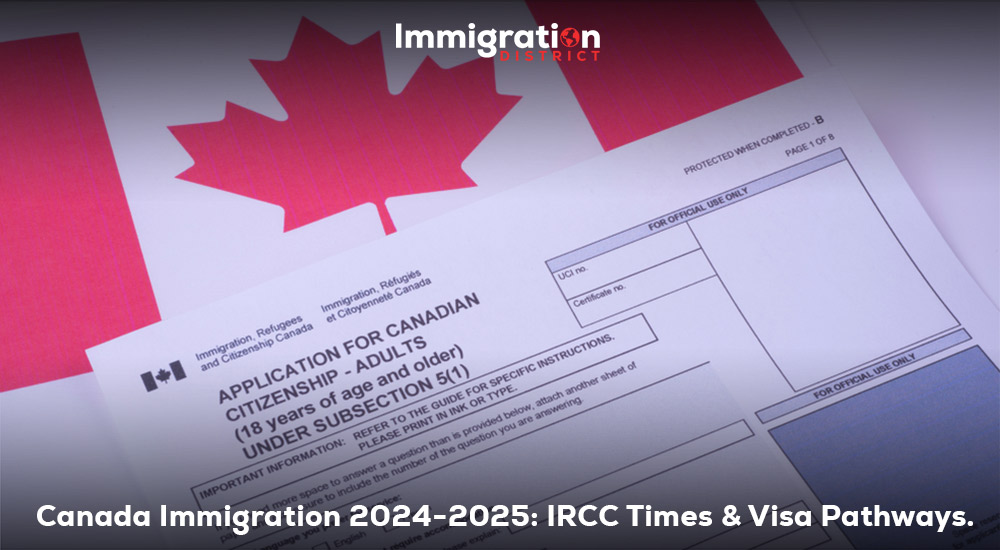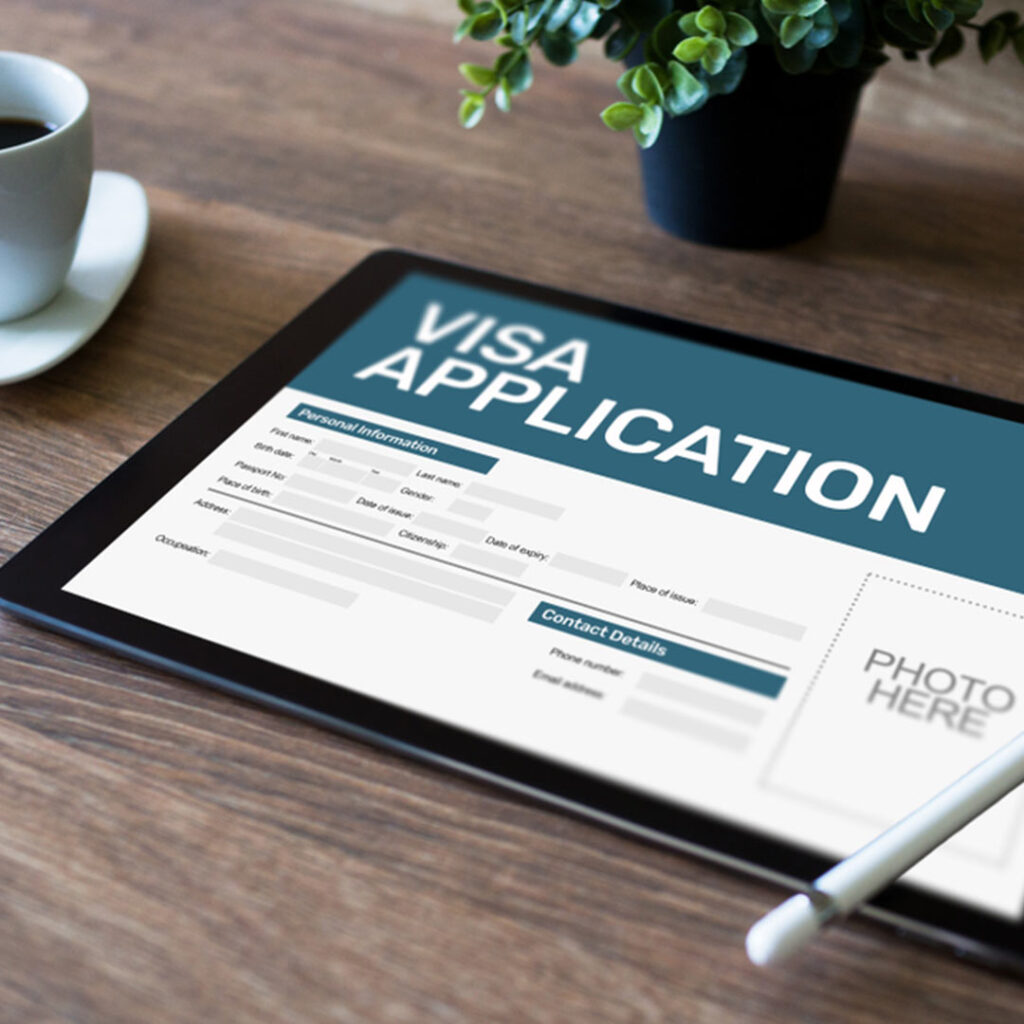
Canada plans to realign its immigration policies to make it more accessible for skilled workers to gain temporary residence. They are also prioritizing to make the transition from temporary residence to permanent residence be smoother.
Immigration Levels Plan
In-Canada Focus
Applicants who are living in Canada will receive half of the Permanent residence spots in 2025 to transfer temporary residents to permanent residence. In keeping assisting people who have already begun the process of permanently relocating, this strategy recognizes the contributions of those who have lived and worked in Canada. This strategy aims to make the transition smooth for people who have assimilated into Canadian society and are committed to its advancement by providing temporary residents. This investment will help to strengthen communities by retaining knowledgeable and experienced workers who support Canada’s economy and cultural fabric.
Transition to PR
For the transition from temporary to permanent residence, Canada will improve its visa pathways specifically designed for international students, workers on temporary visas, and other eligible temporary residents. Thus providing options that recognize the unique contributions of these groups & help them make Canada their permanent home. By prioritizing accessible, simpler routes to residency, this policy will support individuals who have integrated into Canadian society and play essential roles in the workforce and local communities. These measures aim to foster a welcoming environment, allowing temporary residents to establish roots and fully participate in Canadian life.
Online Applications
For the majority of its permanent immigration programs, the government is planning to switch to 100% online applications soon, improving applicant accessibility toward visa status and making it efficient for the department to process the applications. With its user-friendly interface, this digital method aims to speed up the application process and enable people to submit their applications from any country in the world.
The technology will instantly confirm submission by transferring applications online, providing applicants with the updates that their documents have been received, attested, and processed. Furthermore, automation and digital processing capabilities will speed up the review and decision-making phases by removing overall processing times. The ultimate goal of this modernization project is to make it simpler for eligible applicants to become part of Canada’s thriving communities and contribute to its future by making the immigration process more accessible, responsive, and transparent.


Faster Visa Pathways for Canada Immigration 2024-2025
These newer policies focus on make all visa route be more efficient to all visa applicants.
Entry Express;
Express Entry (EE) is personalized to attract Skilled Workers in Canada. Additionally, to facilitate them, the application process is only 6 months. To qualify for this program, you must meet the minimum requirements point-based system where a candidate’s age, education, work experience, and language proficiency are valued.
Canadian Experience Class;
Canadian Experience Class (CEC) is architected for individuals with Canadian experience. People under this sub category are favored more than that of EE and offers a fast-track pathway to Permanent Residency (PR) as these people have already integrated into the Canadian market and life style.
Provincial Nominee Programs;
The Provincial Nominee Program (PNP) is where the provinces nominate professionals who meet the vacancy eligibility. Nominees can enter the EE pool if they are not already in it. By falling within this program, these nominees are also eligible to fasten their path toward PR.
Federal High Skilled;
This is a federal program is a pyramidal step up from CEC as it only partakes candidates from a governmental program. The minimum requirement is of that the candidate’s age, education, work experience are valued. These candidates then are ranked accordingly on their Comprehensive Ranking System (CRS). Additional points are given based on provincial nominees, Canadian degrees and to have families in Canada. High-ranking nominees are granted PR through this system. The duration of the PR process under this program is of 6 months. Additionally, to these candidates also receives a Confirmation of Permanent Residency (COPR) and a PR visa.
French Speaking Immigrants;
There is growing attention given to French fluent immigrations, with the main focus being outside of Quebec. The goal is to increase, reflecting Canada’s commitment towards its dual language culture. This brings multiple economic benefit as this will help shorten the labor shortage in numerous sectors.
Canada’s immigration strategy seems not only to attract but also to retain talent. This conclusion came around by making the visa process more accessible.
Please fill out our free assessment form on our website to get your eligibility checked today!